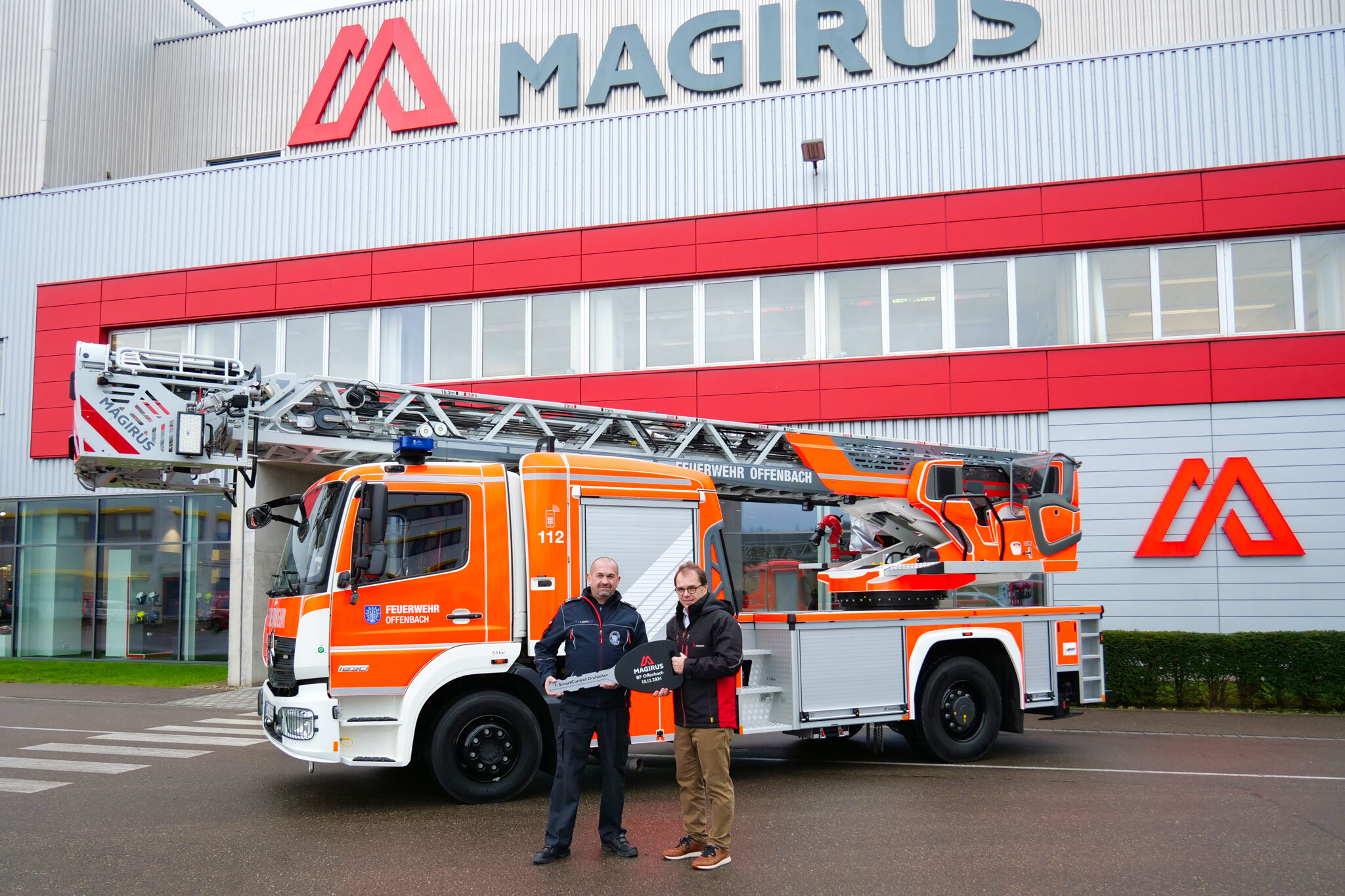As many as seven large C-27 aircraft, military cargo and transport planes being phased out of the U.S. Air Force could find a new home fighting fires in San Diego County and other areas in the southwest.
Earlier this year U.S. Sens. Dianne Feinstein, D-Calif., and John McCain, R-Ariz., began urging the Department of Defense to authorize the transfer of seven soon-to-be-retired C-27s from the military to the U.S. Forest Service.
This week the San Diego County Board of Supervisors voted to send a letter to the Defense Department urging the same thing.
“The Forest Service is in dire need of additional firefighting capabilities,” Supervisor Dianne Jacob said. “Rather than allow these planes to just sit idle, these aircraft can be retrofitted and made available for fighting fires in our region where the fire risk is always high.”
Board Chairman Greg Cox said he met with Feinstein two weeks ago, when he was in Washington, D.C., with about 130 other members of a San Diego delegation, and first heard about the available C-27s.
Each plane can carry a payload of 25,353 pounds which could translate to a fire retardant capacity of 2,000 to 2,500 gallons, Jacob said during a supervisors’ meeting on Oct. 8.
“Ironically, I think most of these are probably newer aircraft than ones currently in use by the U.S. Forestry Service,” Cox said.
“These could be a tremendous addition to our firefighting arsenal not just in San Diego County but in Southern California.”
The Forest Service uses a number of different types of aircraft for fire duty, but according to recent news reports, its fleet has shrunk by 75 percent in the past decade. There are only 11 Forest Service air tankers in service today. Some are more than 40 years old.
The state of California has its own air fleet separate from the federal side.
Air tankers are planes fitted with tanks that carry large volumes of fire retardant to drop on a fire. According to the Forest Service’s website, air tankers don’t suppress fires, but they help firefighters on the ground by laying a line of retardant along the sides of a wildfire. The retardant temporarily cools the fire and slows it down giving firefighters extra time to construct a fireline to contain the blaze.
A report prepared for the forest service earlier this year offers both praise and caution about using the C-27 for firefighting.
“The C-27J aircraft design features are ideal for parachute operations, as well as low-level air tanker operations in diverse terrain,” said the report, prepared by Convergent Performance of Colorado Springs.
However, it said retrofitting them to carry heavy loads of retardant could be costly because of their design.
The report also said the C-27 would be the most expensive aircraft in the Forest Service fleet to operate.
At last week’s meeting, Jacob said she has been told by Feinstein’s office that the aircraft could be available within a few moths for transport duty, but that it could take 18 months or longer to retrofit the planes for air tanker duty.







